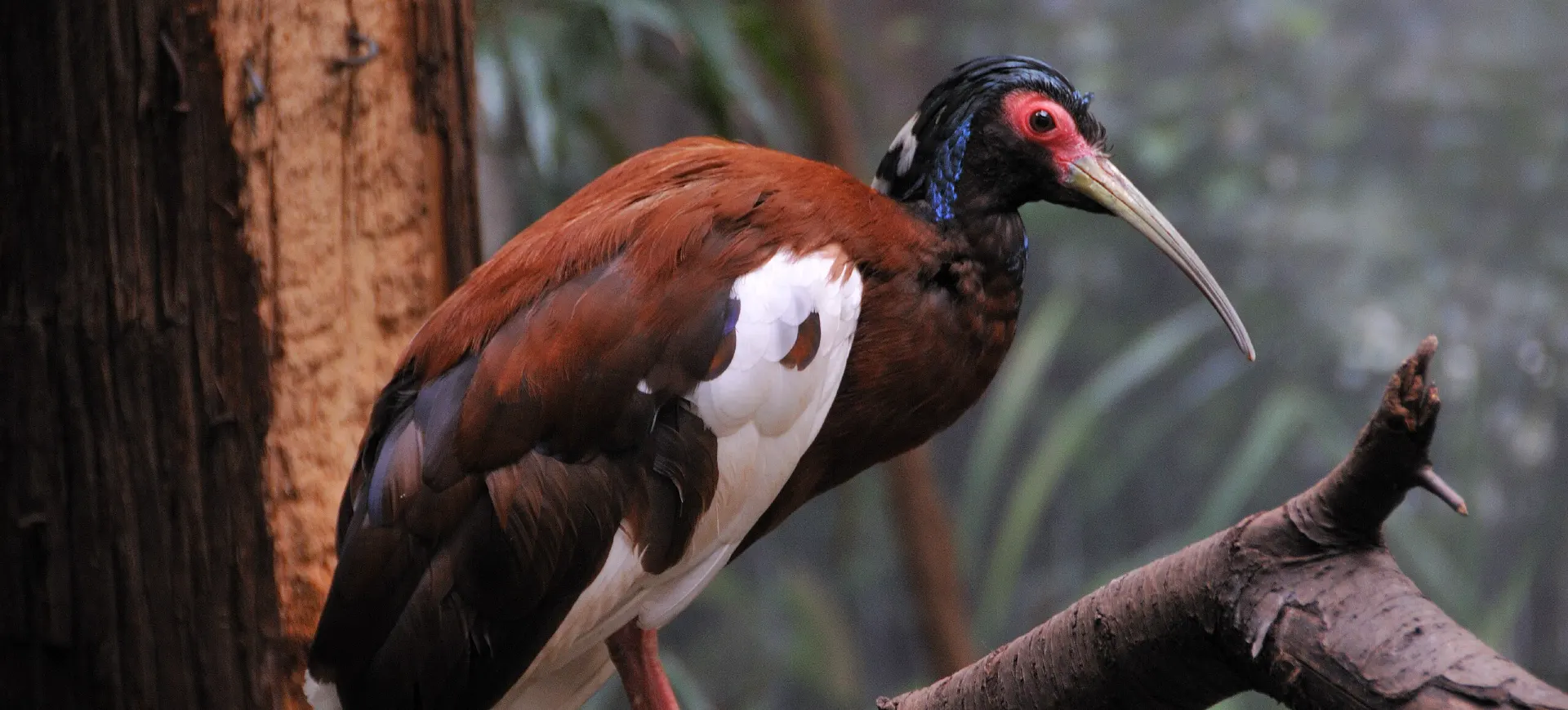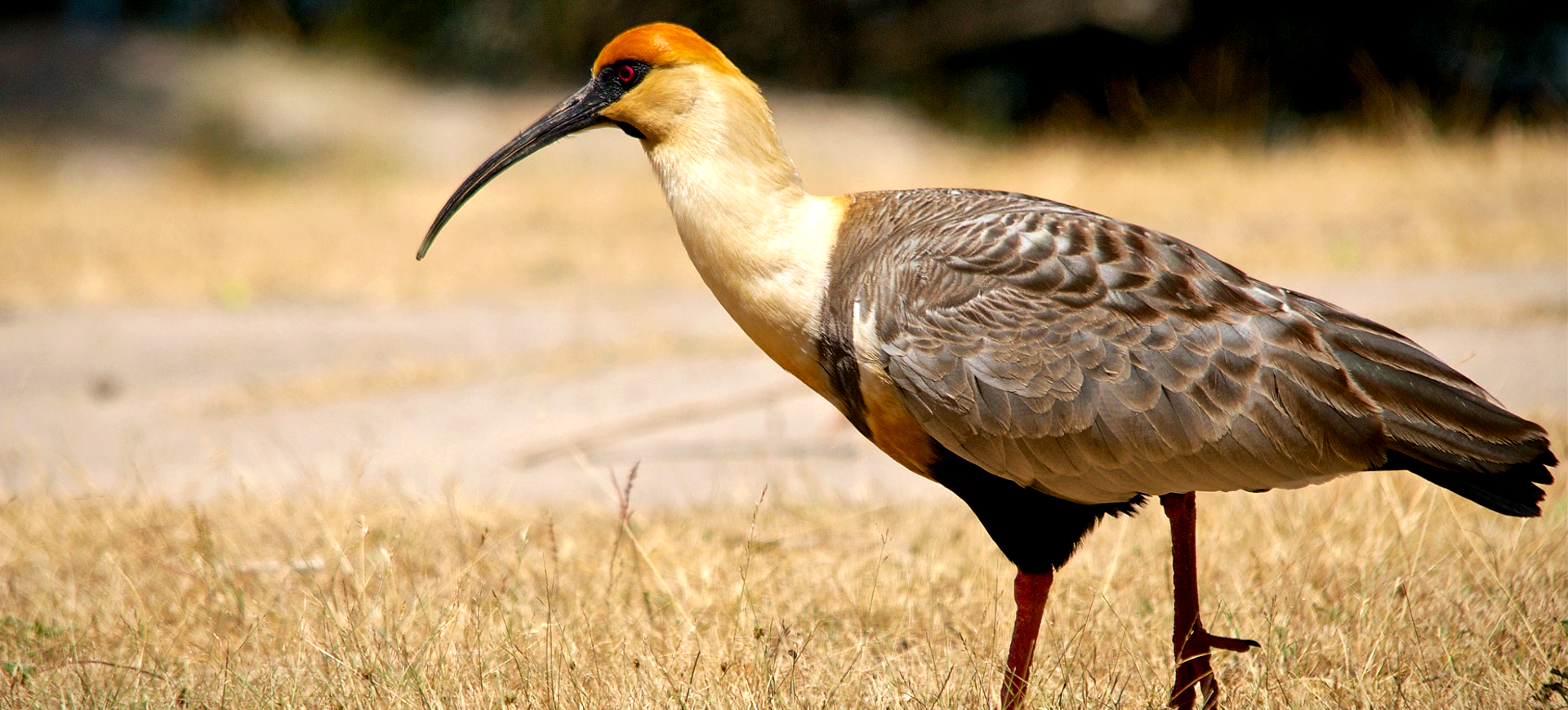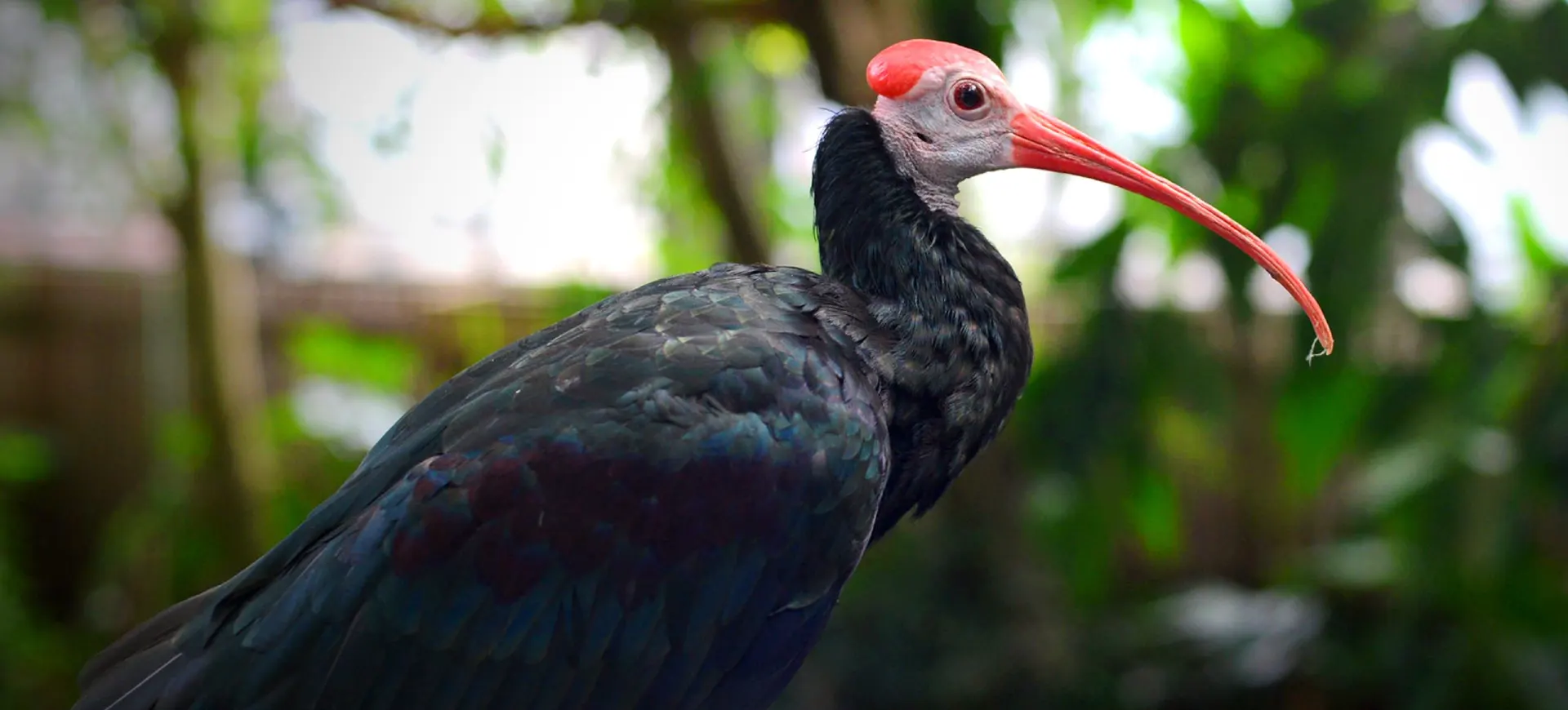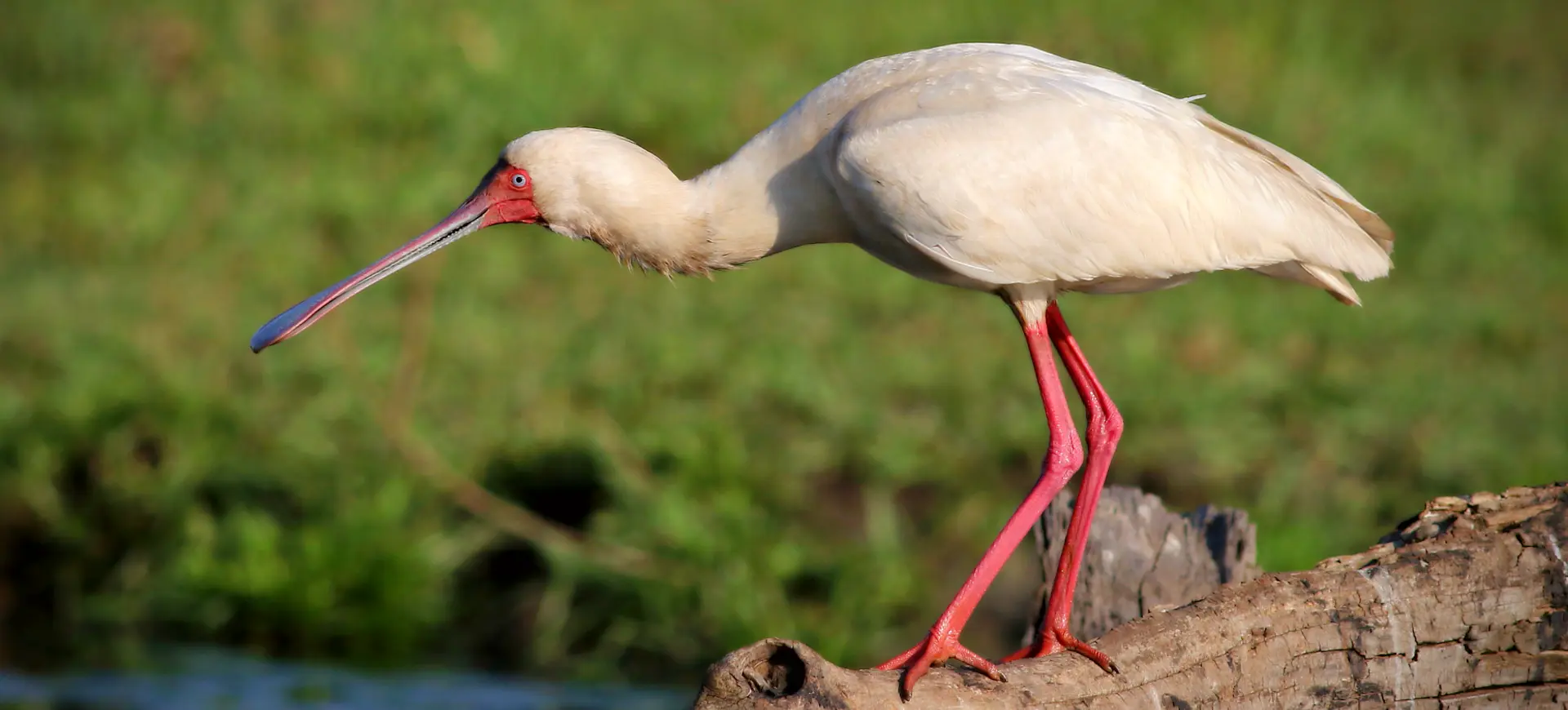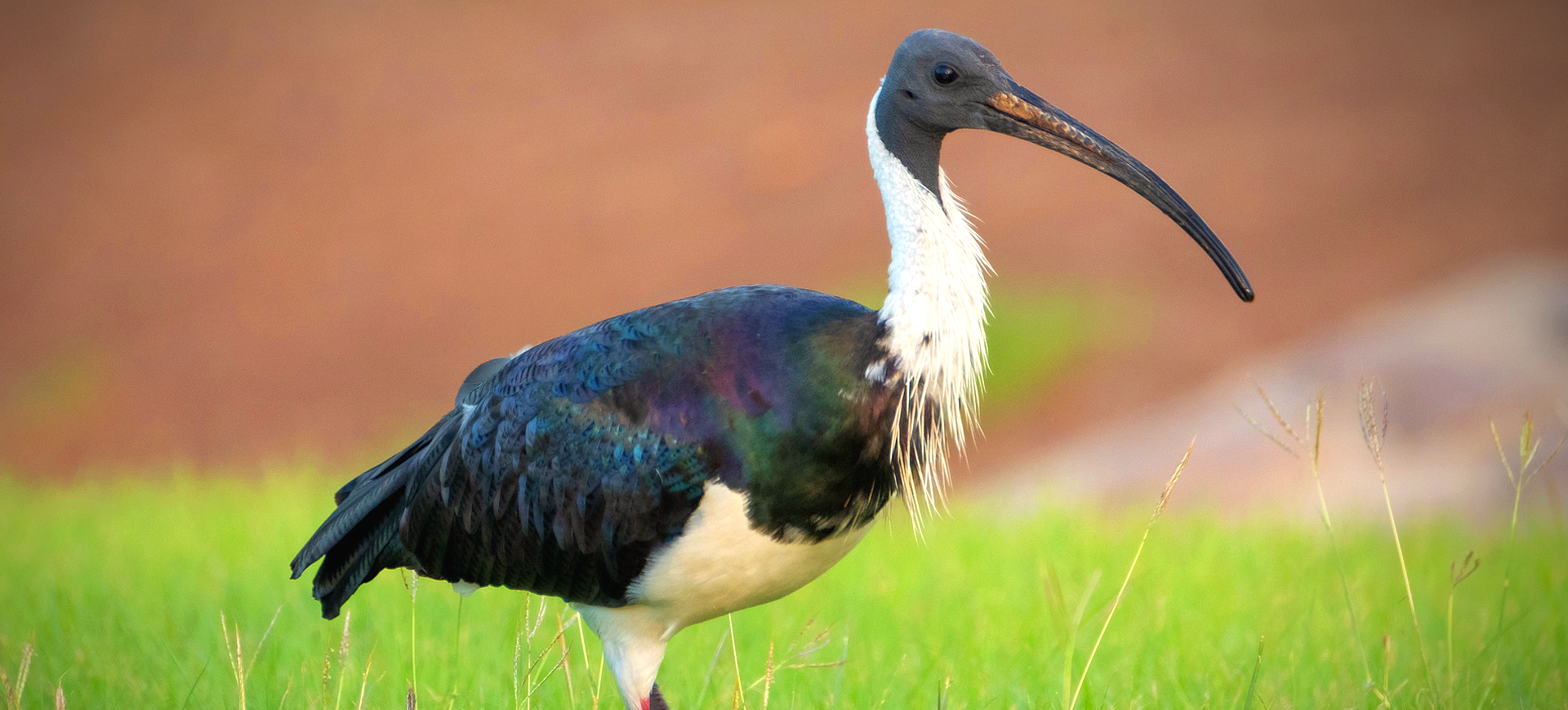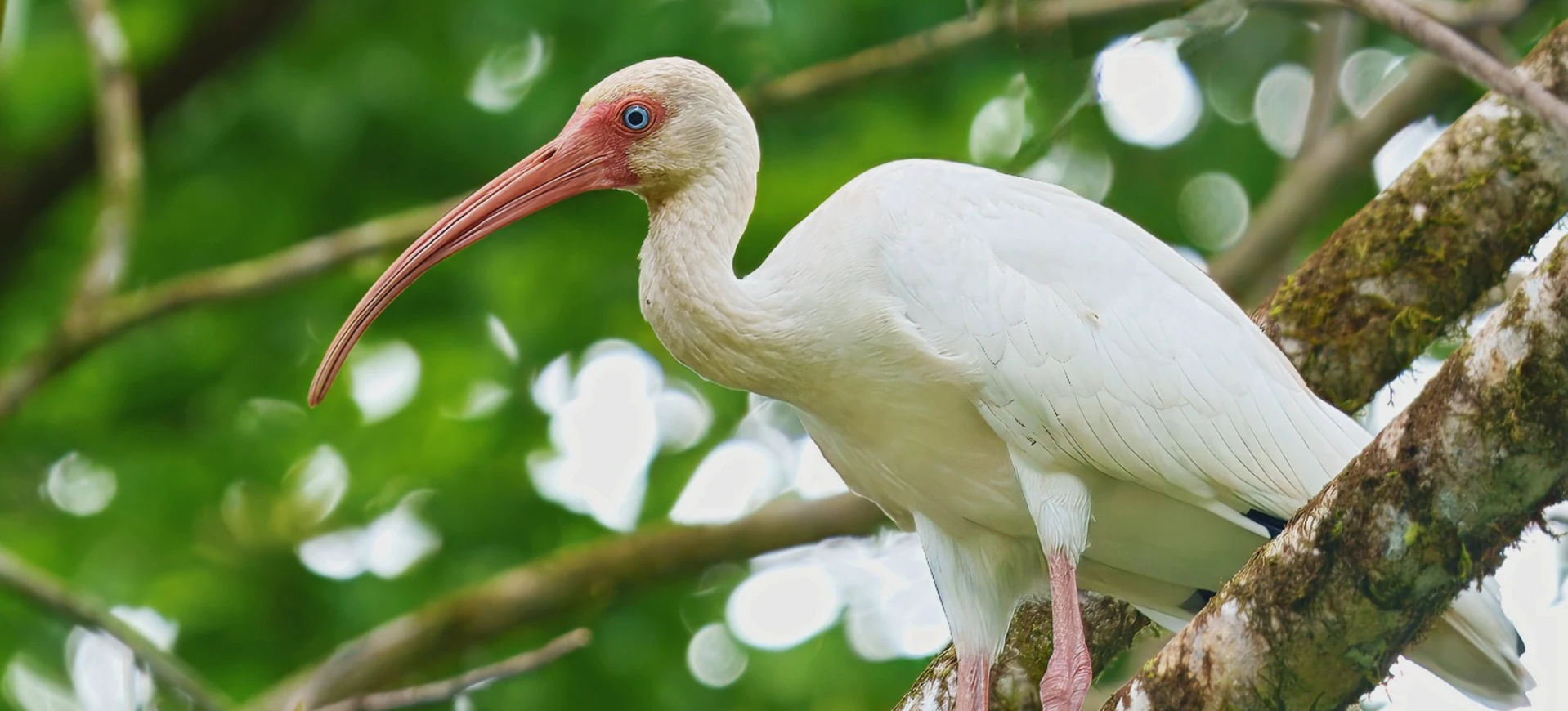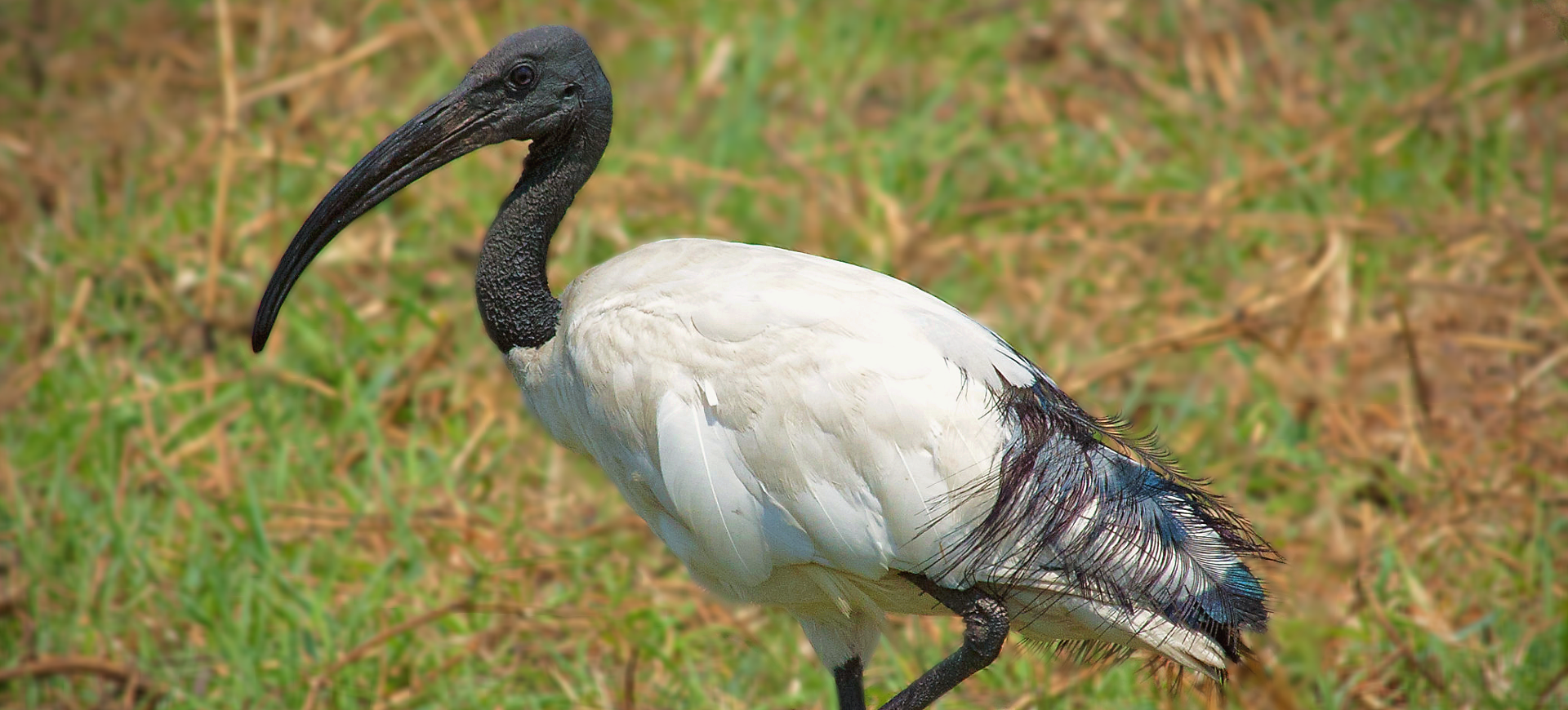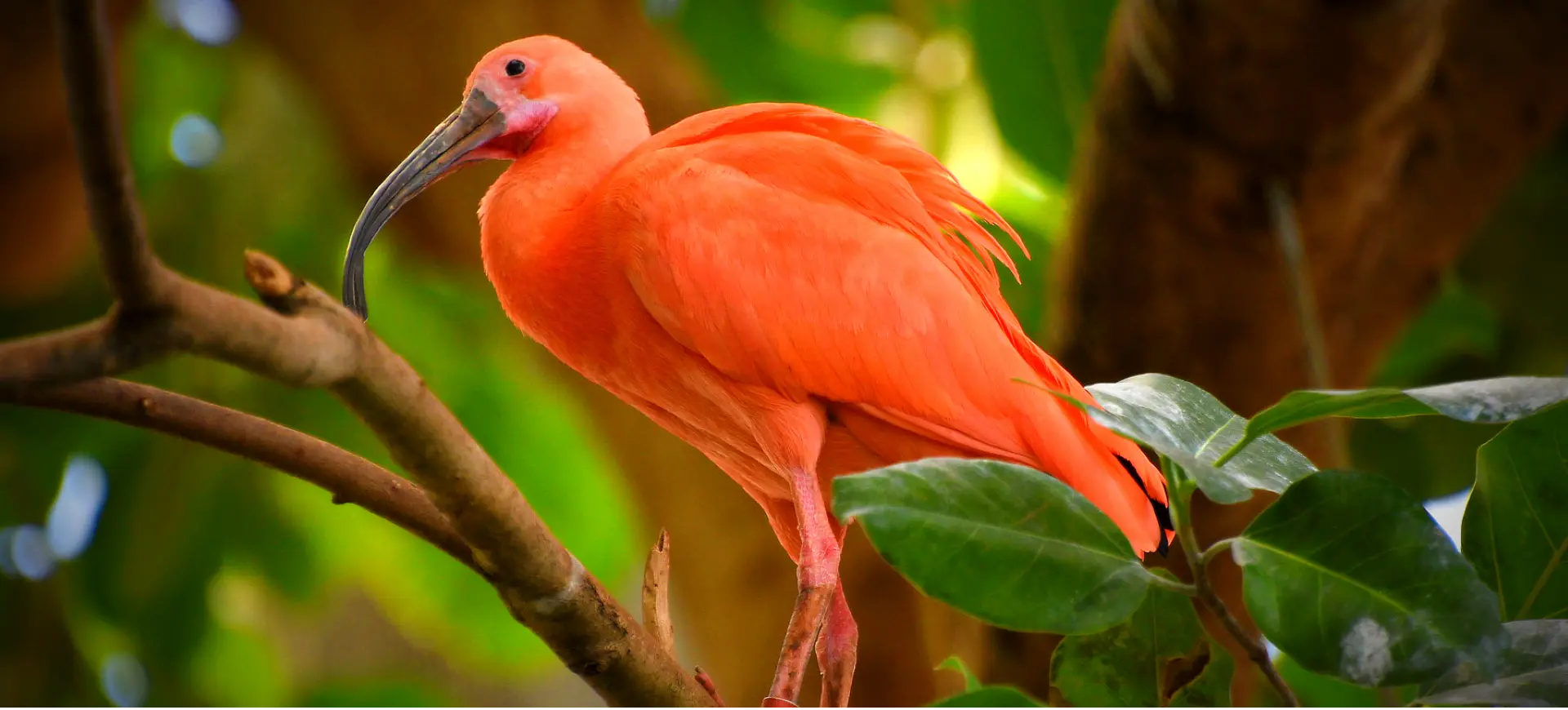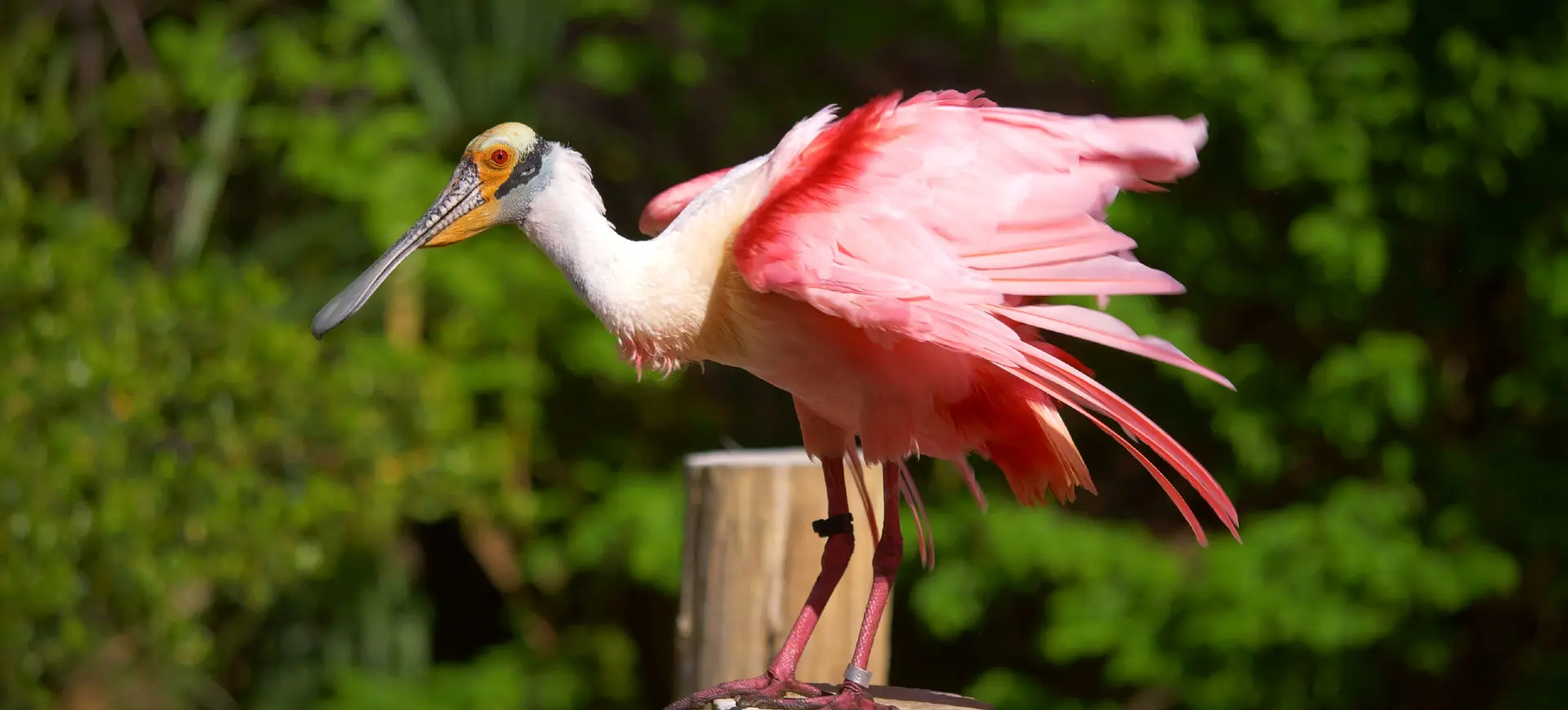Overview
The Puna Ibis (Plegadis ridgwayi) is a striking bird native to the high Andean plateaus of South America. It is known for its glossy, iridescent plumage, which appears black from a distance but reveals deep shades of green and bronze in sunlight. The bird has a long, curved bill typical of ibises, used for foraging in wetlands. It is a medium-sized bird, smaller than other ibises but larger than typical shorebirds.
These birds are often found in flocks, especially during the breeding season. They inhabit wetlands, including marshes, lakes, and rivers in the high Andes. Their presence indicates healthy wetland ecosystems, as they rely on these habitats for feeding and nesting. The Puna Ibis is well-adapted to the harsh, high-altitude environment, withstanding cold temperatures and low oxygen levels.
Puna Ibises are social birds, engaging in communal roosting and foraging. They are often seen probing mud and shallow water with their long bills, searching for food. Their diet consists primarily of insects and small aquatic animals, which they locate using their sensitive bills. The species plays an important role in the ecosystem by controlling insect populations and acting as a bioindicator of wetland health.
Taxonomy
Kingdom
Phylum
Class
Order
Family
Genus
Species
Type
Physical Description:
The Puna Ibis is a medium-sized bird with a body length typically ranging from 18 to 22 inches (46 to 56 cm). Its most striking feature is its iridescent plumage, which shimmers with green and bronze hues in the sunlight. This plumage is darker than other ibis species, giving it a unique appearance. The bird’s long, curved bill is an adaptation for probing into mud and shallow water for food.
Adult Puna Ibises have red eyes and legs, adding to their distinctive look. The neck is relatively long, allowing for efficient foraging in deeper water. Their wings are broad and rounded, suited for strong, direct flight. Juveniles are duller, with brownish tones replacing the iridescent hues in adults.

Lifespan: Wild: ~15 Years || Captivity: ~18 Years

Weight: Male & Female: 1.05-1.61 lbs (0.45-0.73 kg)

Length: Male & Female: 18-22 inches (46-56 cm)

Height: Male & Female: 22-24 inches (56-61 cm)
Characteristic:
Native Habitat:
The native habitat of the Puna Ibis is the high-altitude wetlands of the Andes Mountains. They are typically found at elevations ranging from 3,000 to 4,500 meters (9,800 to 14,800 feet). These environments are characterized by cold temperatures, high UV radiation, and low oxygen levels, conditions to which the Puna Ibis is well adapted.
The bird’s preferred habitats include marshes, peat bogs, and the shores of lakes and rivers. These wetlands provide abundant food sources and suitable nesting sites. The presence of Puna Ibises is often a sign of a healthy wetland ecosystem in these high-altitude regions.
Climate Zones:
Biogeographical Realms:
Continents:
Diet:
Diet & Feeding Habits:
The Puna Ibis is an opportunistic feeder, primarily consuming insects, small aquatic animals, and sometimes plant material. They forage in shallow waters, probing the mud with their long, sensitive bills to locate prey. This feeding strategy allows them to exploit a variety of wetland habitats.
These birds are often observed foraging in groups, which can be advantageous in locating food sources. Their diet plays an essential role in controlling insect populations in their habitats. The Puna Ibis’ feeding habits are closely linked to the wetlands’ health, making them important indicators of ecosystem health.
Mating Behavior:
Mating Description:
Puna Ibises are monogamous, forming pair bonds that may last for multiple breeding seasons. Courtship involves displays and calls, with both males and females participating. These displays strengthen pair bonds and are important for establishing and maintaining territories.
Nesting typically occurs in dense vegetation near water. The female lays 2 to 4 eggs, which both parents incubate. After hatching, the chicks are cared for by both parents until they are ready to fledge. The social structure during breeding is characterized by territoriality and cooperative care of the young.
Reproduction Season:
Birth Type:
Pregnancy Duration:
Female Name:
Male Name:
Baby Name:
Social Structure Description:
Puna Ibises are social birds, often observed in flocks, especially during the breeding season. They engage in communal roosting and foraging, which can provide safety in numbers and efficiency in locating food. Their social structure is characterized by cooperative behavior and communication through calls and displays.
Outside the breeding season, Puna Ibises may gather in larger flocks, particularly in areas with abundant food sources. These gatherings can include mixed-species flocks, indicating their ability to coexist with other waterbird species.
Groups:
Conservation Status:
Population Trend:
The Puna Ibis is currently classified as “Near Threatened” by the IUCN, primarily due to habitat loss and degradation. The species’ reliance on high-altitude wetlands makes it vulnerable to changes in these ecosystems. While they are not rare within their range, the overall population is thought to be declining.
The primary concerns for the Puna Ibis are the drainage of wetlands for agriculture and urban development, pollution, and climate change. These factors can lead to loss of habitat and food sources, impacting the species’ survival. Conservation efforts are needed to protect and restore their habitats to ensure the species’ long-term survival.
Population Threats:
The main threats to the Puna Ibis include habitat loss and degradation, particularly due to the drainage of wetlands for agriculture and urban development. Pollution from mining and agricultural activities also poses a significant risk, as it can contaminate their food sources and breeding grounds. Climate change is an emerging threat, potentially altering the wetland ecosystems on which they depend.
Despite these threats, the Puna Ibis’ adaptability to harsh high-altitude conditions has allowed it to survive in a challenging environment. However, ongoing conservation efforts are essential to mitigate the impacts of habitat loss and climate change.
Conservation Efforts:
Conservation efforts for the Puna Ibis focus on habitat protection and restoration. Protecting high-altitude wetlands is crucial for the survival of this species. Environmental regulations and policies that limit habitat destruction and pollution are essential.
In addition to legal protections, community-based conservation initiatives can be effective. These include educating local communities about the importance of wetlands and the species that inhabit them. Sustainable land-use practices and the creation of protected areas are also important strategies for conserving Puna Ibis populations.
Additional Resources:
Fun Facts
- The Puna Ibis is uniquely adapted to the harsh, high-altitude environment of the Andes.
- Its iridescent plumage is distinctive, shimmering with green and bronze in sunlight.
- They are important bioindicators of wetland health in the Andean region.
- The species’ long, curved bill is perfectly adapted for probing mud for food.
- Puna Ibises can withstand cold temperatures and low oxygen levels at high altitudes.
- They play a crucial role in controlling insect populations in their habitats.
- The bird’s red eyes and legs add to its striking appearance.
- Puna Ibises are often the most numerous waterbirds in high-altitude Andean wetlands.
- Conservation efforts for the species are focused on protecting and restoring high-altitude wetlands.
- The Puna Ibis’ social behavior, including communal roosting and foraging, is key to survival.











